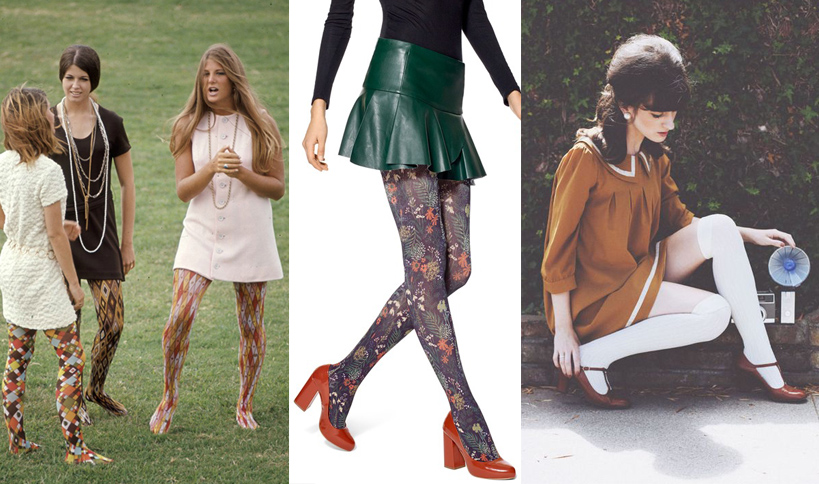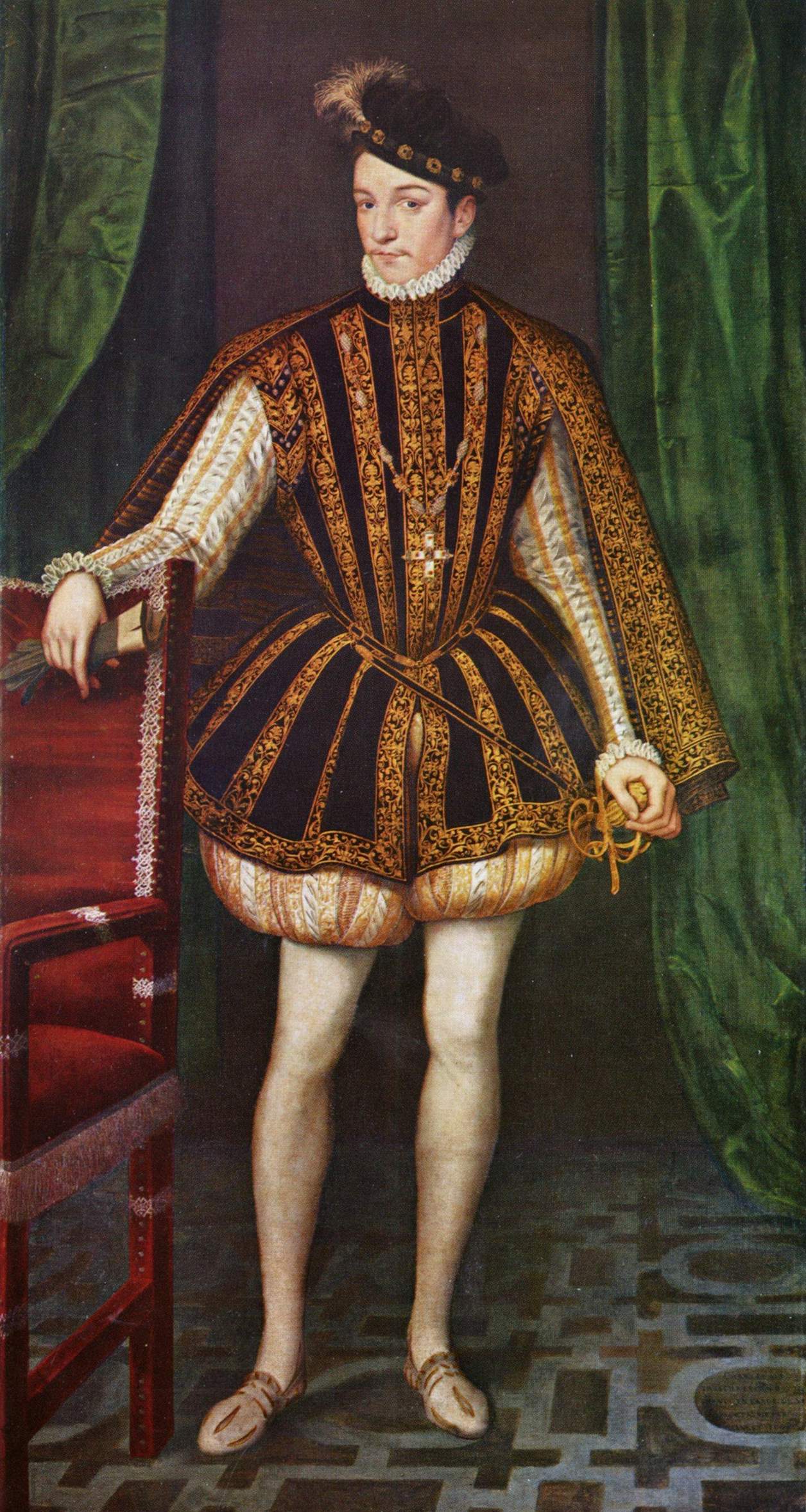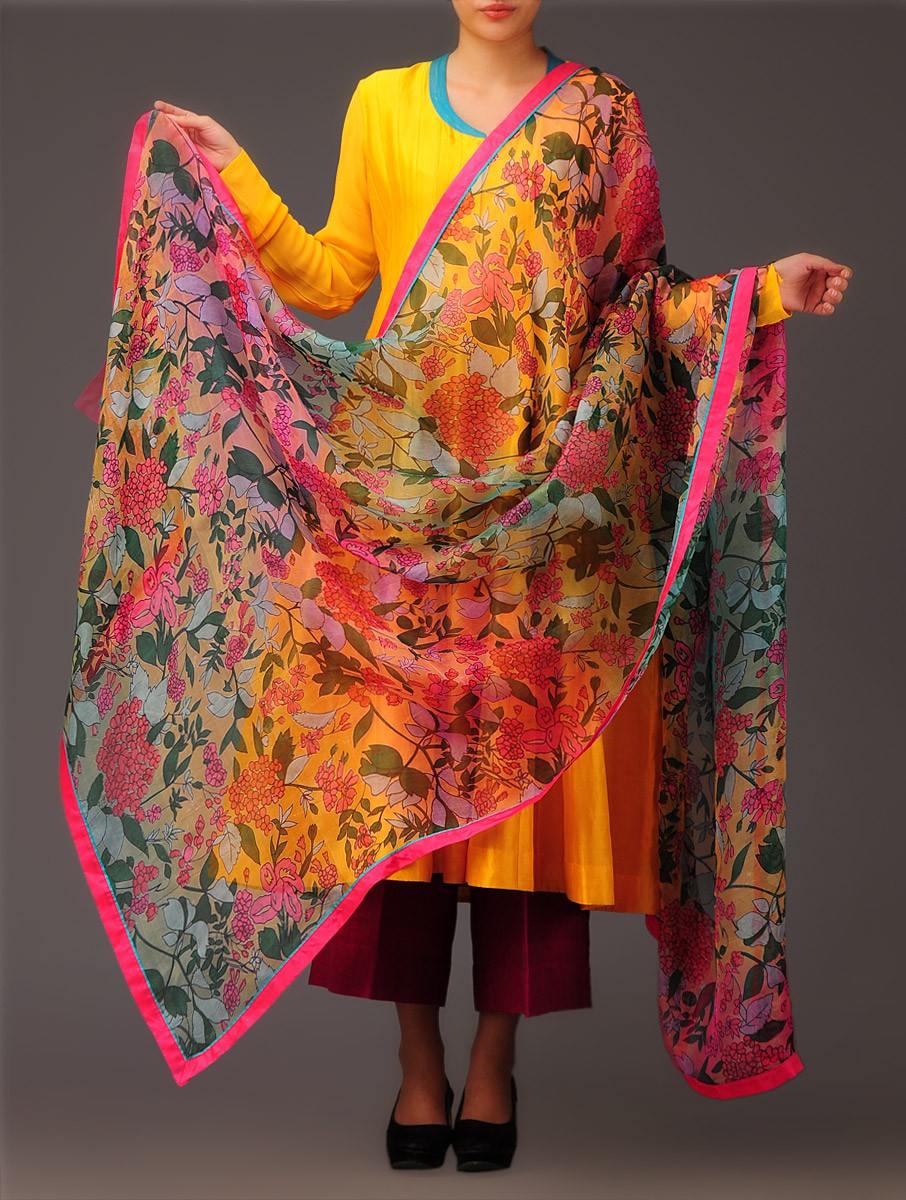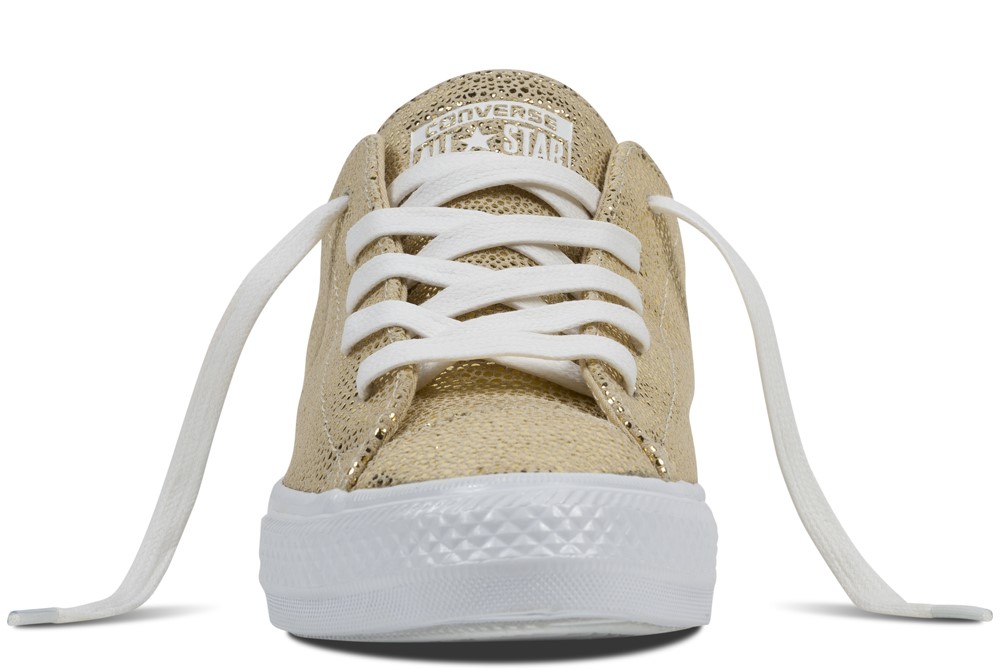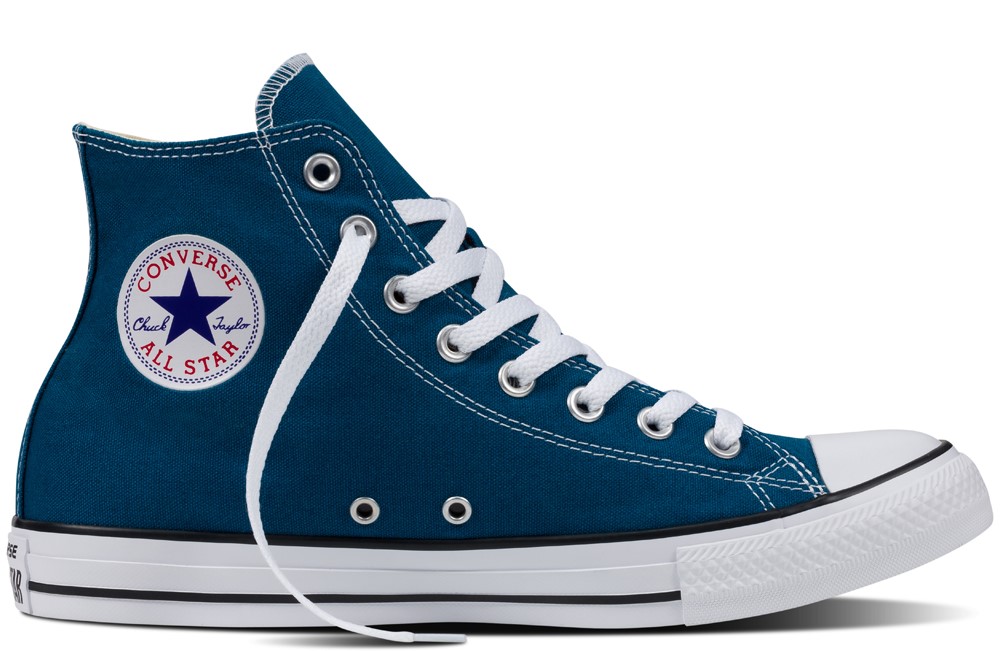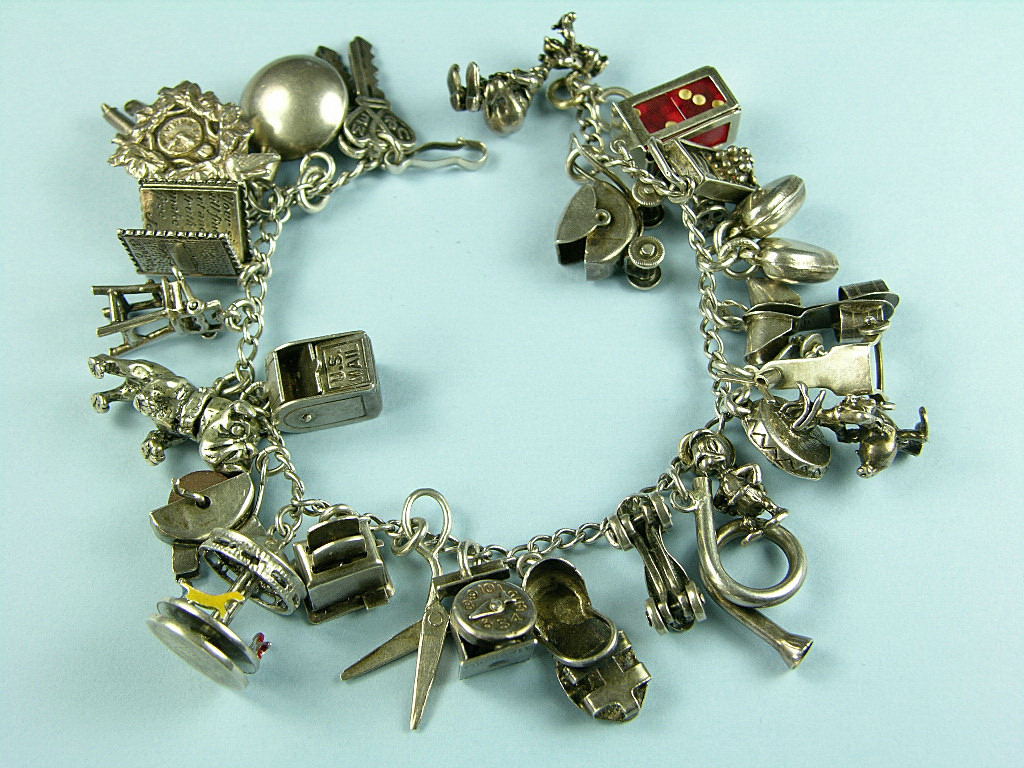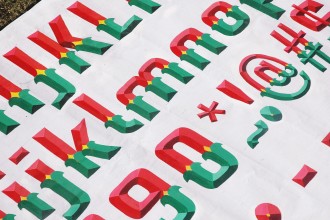We talk a lot about styles being last season but we never think about how they became what they are to begin with. Sometimes, things go in style by accident; sometimes they go in style with intention. But sometimes, things go through an evolutionary process to reach the stage they are at today. Studying the history behind our wardrobe staples and how they have evolved over the years was bloody intriguing and we are super excited to take you through it too!
1. Tights
Tights, stockings, leggings, panty-hose, call them what you want! They’re comfortable, they’re athletic and they work with most of your looks. We take for granted that they have been this way since the beginning of time…
Image courtesy : Boredpanda/HUE/pinterest
Though a debatable fashion choice according to some stylists, tights end up being a part of our wardrobe one way or another! Our modern day tights were once worn exclusively by men in the Middle Ages as a garment meant to protect their legs. Tights became a part of feminine fashion post the late 1800s to ‘maintain modesty’ since skirts were getting shorter.
Image courtesy : wikipedia
Finally, the tights as we know them came to being in the 1960’s, where they were usually paired with short dresses and skirts and came in striking prints and colours. By the 90’s they were finally produced as a garments rather than an accessory with the function of being stylish exclusively.
Image courtesy: KOOVS/Forever21/Forever21/Forever21
Today we find tights in all patterns, colours, fits and styles and their versatility in fashion is truly noteworthy.
Find some of our favourites here!
2. Scarves
There was a time when the scarf was called a sudarium which translates literally to “sweat cloth” in the tropical regions of Europe. Scarves were used to maintain cleanliness aside from keeping us warm in colder months.
Image courtesy : aliexpress
Soon, scarves were adopted by people of different faiths with religious sentiments attached. They’re tied in different fashions at different occasions. Different colours and patterns hold unique significance in rituals especially in Hinduism in the form of dupattas/chunnis, while different styles are popular in Islamic and Jewish cultures in the forms of hijabs and tallits.
Image courtesy : jaypore
Scarves were (and still are) used a identification in military hierarchies and other organizations. Decorative scarves were made specially for royalty and the rich and only transformed into fashion accessories in the 19th century. And now, we are at a time where almost everyone scarves are worn almost perennially to look stylish, stay warm and safe from pollutives. Fashion blogger Farheen Naqi spoke to us about modest fashion and her brand Little Black Hijab a while back. Check her interview out here!
Image courtesy : sebinaah
Find yourself some beautiful scarves, dupattas and hijabs now. Want more? Learn 30 ways to wear a hijab and 13 ways to style a scarf!
3. Converse
Converse are the most easily recognized shoes on the planet. And everyone has owned a pair at some point of their lives. But did you know that the shoes that we wear to cling on to the hipster phase of our lives were once the very shoes designed for a pro basketball team?
The Converse Rubber Shoe Company, were designed by Marquis Mills Converse in the year 1908 while the shoe itself in 1917. The shoe was composed of a rubber sole and canvas upper as an elite shoe for the professional basketball league. Charles “Chuck” Taylor was a player in the All Stars team (sponsored by Converse) who made a lot of improvements to the shoe and marketed them which is why the shoes go by the name “Chuck Taylors” too.
Eventually, the shoe moved onto a casual market and was worn by teenagers in the suburbs and rock musicians, defining a whole new aesthetic in the mainstream.
All images courtesy of Converse.com
The shoe today is a subsidiary of Nike.
4. Charm Bracelets
Charm bracelets are quite romantic and sentimental. But how did they come to being?
17th Century bracelet
Image courtesy : corazonlatino
Well, bracelets have been a part of every civilization at every time period and were worn mainly by the rich and powerful to announce their superiority. They also held great symbolism and value aside from being ornamental. But it was roughly by the Victorian era that bracelets became thin and carried charms and dangling lockets.
Image courtesy : Sweetromance
By the 20th century, bracelets of all kinds were being mass produced and available to all folk. This increased the popularity and the significance of the charm bracelet. The bracelets earlier were largely associated with supreme powers and faith but found translation in emotions of love, friendship, trust, etc. Though till recently they were always crafted using some kind of precious or semi-precious metals and stones.
Image courtesy : Pinterest
Today charm bracelets of innumerable designs, materials and volumes are being crafted. And they have also found their way into marketing causes and movements.
The evolution of any garment can be credited to those who actually changed the way it was meant to be looked at. Whether a trend stays and becomes the norm or dies and stays forgotten is totally unpredictable. So if you wanna be the next Chuck Taylor, you’ll either need a deal with a basket ball league or a little bit of courage to try and wear that scarf around your waist like a belt, like you always wanted to.


